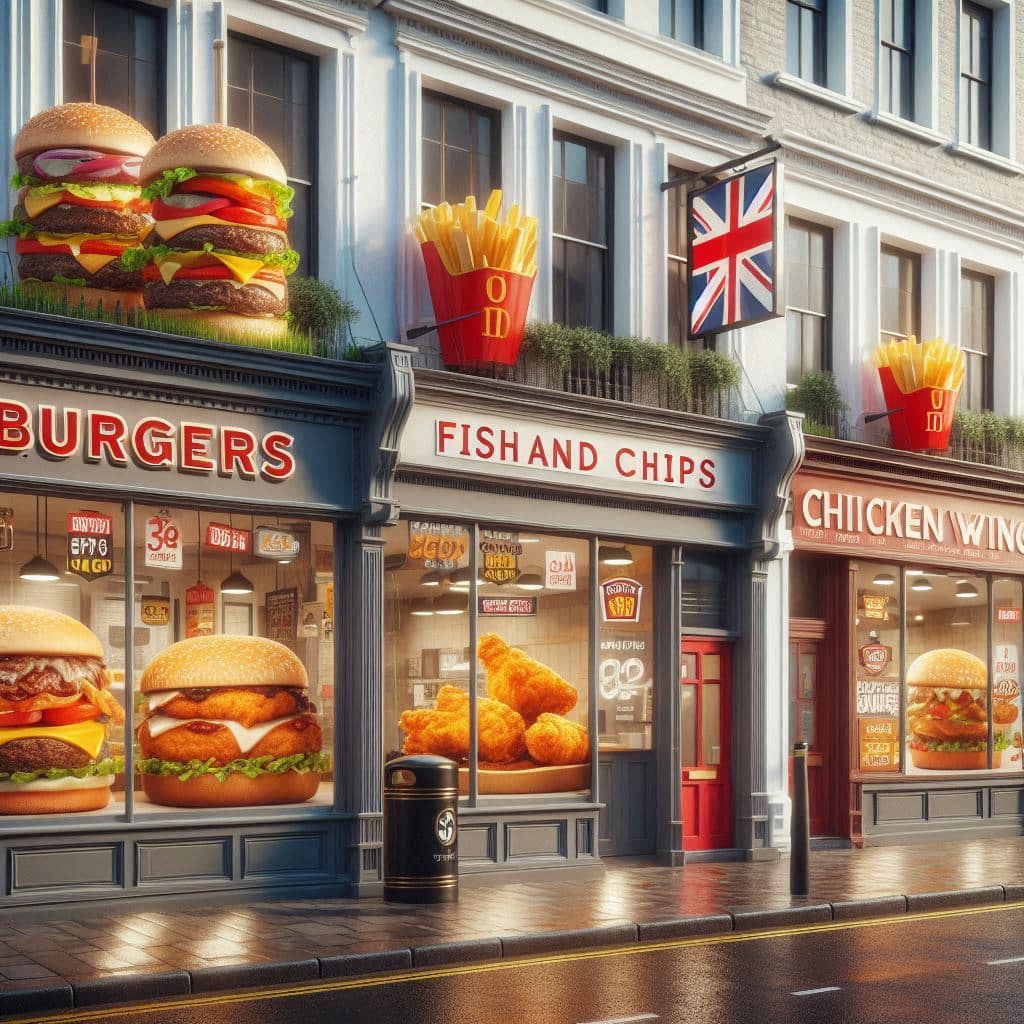Top-up insurance: a way out of the healthcare rationing trap
SUGGESTED



The Liberal Democrats recently became the first major political party to endorse fully the right of patients to top-up their National Health Service care privately. Labour and the Conservatives favour some relaxations to the existing top-up ban, but nothing close to its complete abolition.
The debate over so-called “top-ups” started in late 2007, after a couple of cancer patients decided to upgrade their NHS-provided chemotherapy with a privately purchased drug which was not offered on the NHS. Subsequently, the Department of Health (DH) issued guidance which outlawed such combinations of NHS and private care. To prevent what the DH called a “two-tier NHS”, it ruled that patients who purchased a health product that went beyond a standard NHS therapy should lose their entitlement to that therapy altogether. For the cancer patients affected, this meant that they would have to pay the costs of chemotherapy, consultations, laboratory tests etc.
The DH’s standpoint is gravely misleading. People are “topping up” public services all the time, inside and outside the health sector. A lot of people pay privately for MRI scans, hearing aids and elements of dental care without losing NHS coverage as a result.
Carrying the logic deployed by the DH one step further, parents who pay for private lessons to enhance their children’s school performance should be charged the full costs of schooling, because they are “topping up” state education. And people who install a burglar alarm in their homes should be billed with their share of policing costs, because they are “topping up” state-provided security services.
But the real irony is that the DH’s policy brings about exactly what it attempts to prevent: much more unequal access to healthcare. In the test case which triggered the guidance, the top-up drug would have cost £4,000 a month. The affected patients found it hard, but not impossible to fund it; they put their houses up for sale and used their savings. However, the cost of the full package, at £10,000, would have been completely out of their reach. The top-up ban therefore prevents low and middle-income earners in particular from purchasing additional medical services.
In the longer run, if top-up payments were legalised, incurring them would become an insurable risk. A whole new market of top-up insurance policies could emerge. Access to the latest treatments would become much more affordable. A private pillar of healthcare funding would develop, enabling people to avert the risks associated with ongoing government rationing.



